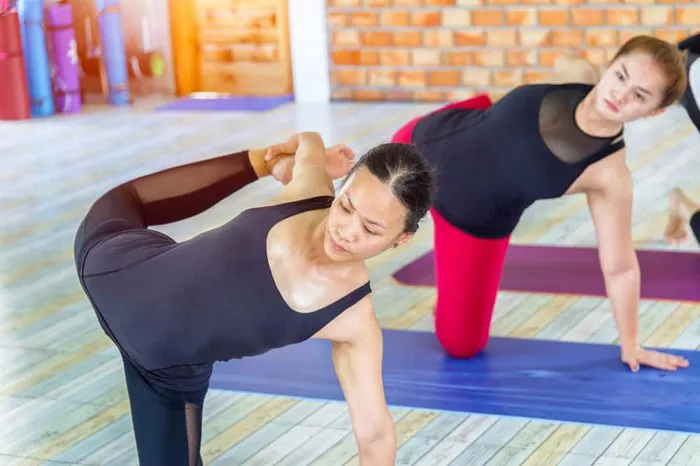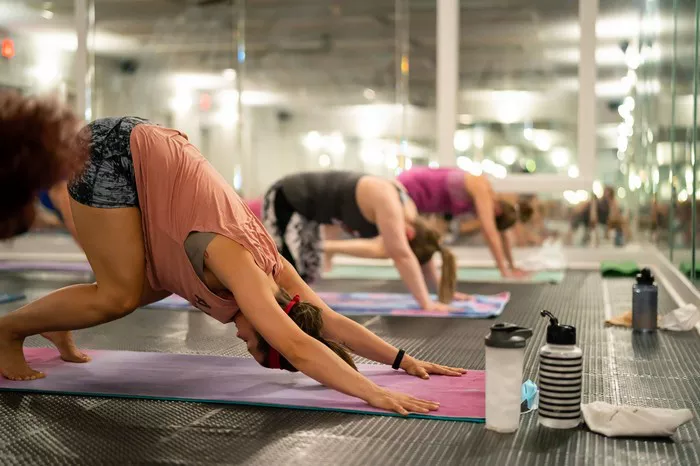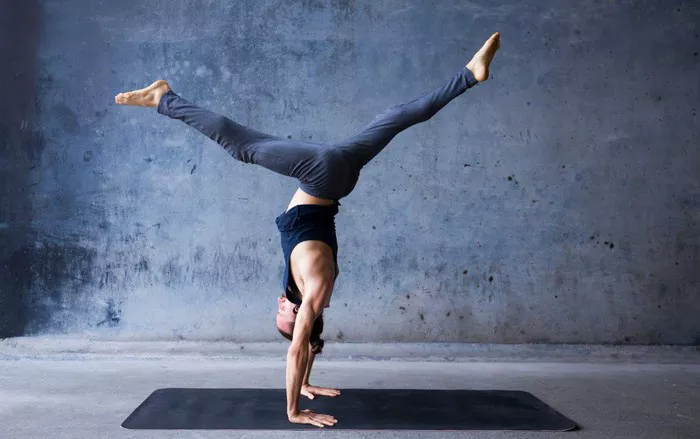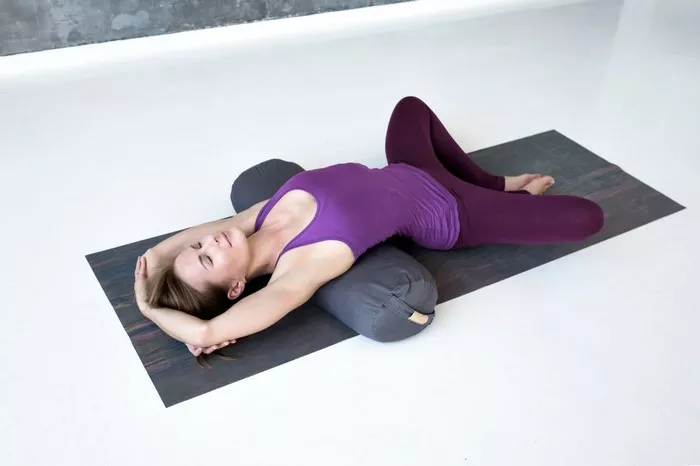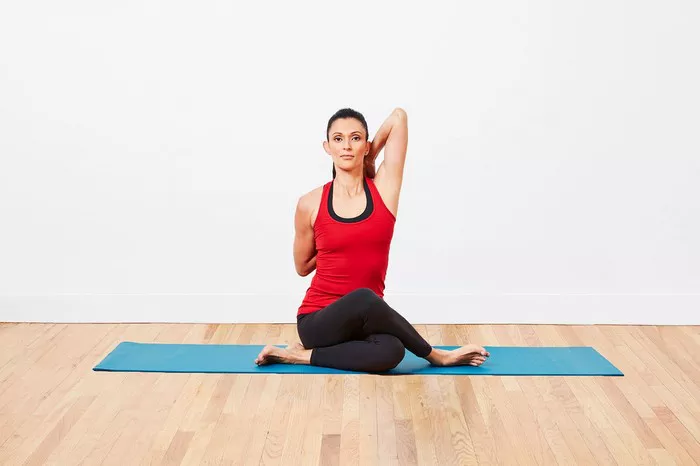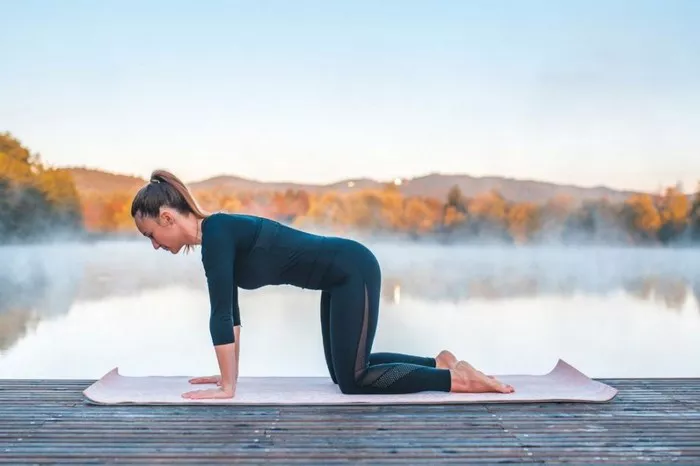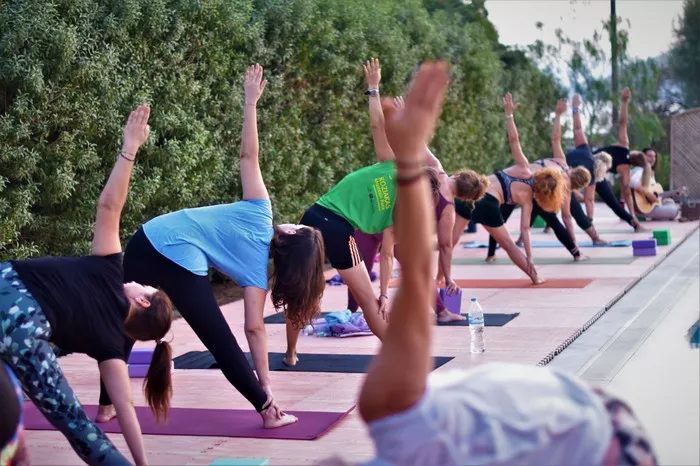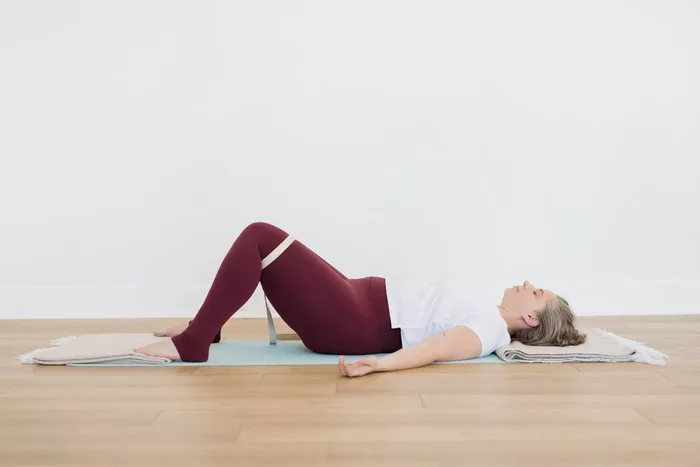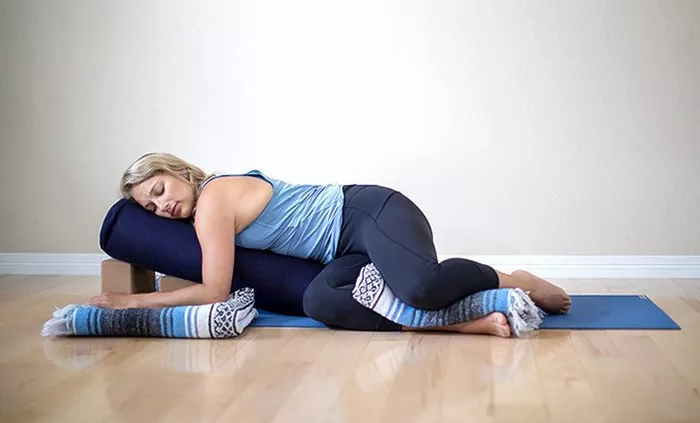Boat Pose, known as Navasana in Sanskrit, is a foundational yoga posture frequently used to build core strength and improve balance. Despite appearing deceptively simple, many practitioners—beginners and advanced alike—find it exceptionally challenging. This article explores the multifaceted reasons behind the difficulty of Boat Pose, including anatomical demands, muscular engagement, flexibility requirements, and mental concentration. By understanding these factors in detail, practitioners can approach Navasana with greater awareness and improved technique.
What Is Boat Pose?
Boat Pose involves balancing on the sitting bones while lifting both the legs and the upper body to form a “V” shape. The arms are typically extended forward, parallel to the floor, and the chest is lifted to maintain spinal alignment. This pose activates numerous muscle groups simultaneously, making it a full-body workout in a single asana.
Key Physical Requirements
To perform Boat Pose correctly, the body must meet several physical requirements:
- Strong Core Muscles: The rectus abdominis, obliques, and transverse abdominis must contract to keep the torso lifted and stable.
- Hip Flexor Strength: Muscles like the iliopsoas and rectus femoris are essential to lifting and maintaining the legs in position.
- Hamstring Flexibility: Tight hamstrings can prevent the legs from rising and maintaining the correct angle.
- Spinal Stability: The erector spinae and multifidus support the spine and keep the back from rounding.
- Balance and Coordination: The body must distribute weight evenly to remain upright without wobbling.
Understanding these physiological demands is the first step to grasping why Boat Pose can be so tough.
1. Core Strength: The Central Challenge
The primary reason Boat Pose is difficult is the intense core strength it requires. While many yoga postures engage the core as a secondary component, Navasana places it front and center. The core must not only initiate the movement but also sustain it against the forces of gravity and instability.
Why the Core Struggles
- Weak Deep Core Muscles: Most people have underdeveloped transverse abdominis muscles, which are essential for stability in Boat Pose.
- Overreliance on Surface Muscles: When the deeper muscles are weak, practitioners compensate using superficial ones like the rectus abdominis, leading to fatigue and strain.
- Improper Activation: Without correct neuromuscular activation, even strong muscles may not engage effectively during the pose.
Strengthening the entire core holistically through planks, leg lifts, and Pilates exercises can help alleviate this struggle over time.
2. Tight Hip Flexors and Hamstrings
A common source of difficulty in Boat Pose stems from muscle tightness, particularly in the hip flexors and hamstrings. These muscle groups must work in harmony to maintain the leg lift while allowing the spine to remain upright.
How Tightness Impacts the Pose
- Restricted Leg Elevation: Tight hamstrings pull the pelvis backward, causing the spine to round and the chest to collapse.
- Strained Lower Back: Overactive or tight hip flexors, especially the psoas, can tug on the lumbar spine, resulting in discomfort or pain.
- Misalignment: Inflexibility often leads to compensatory postures, like bending the knees or leaning too far back.
Addressing Flexibility Issues
- Include dynamic and static stretches targeting the hamstrings and hip flexors.
- Practice supported versions of Navasana using straps or blocks.
- Combine yoga poses like Pigeon Pose, Downward Dog, and Seated Forward Fold into your routine.
Improving flexibility can significantly ease the strain and enhance alignment in the pose.
3. Spinal Alignment and Postural Awareness
Maintaining a neutral spine is vital in Boat Pose, but it is also one of the most difficult aspects to master. The challenge lies in resisting the natural tendency to round the back, especially when the core becomes fatigued.
The Science Behind Spinal Rounding
- Pelvic Tilt: Weak lower abdominals often cause the pelvis to tilt posteriorly, which rounds the lower back.
- Loss of Thoracic Lift: Without engaging the upper back and scapular muscles, the chest collapses, further exacerbating poor posture.
- Stress on Discs: An improperly aligned spine in Boat Pose increases the load on intervertebral discs, risking long-term injury.
How to Improve Spinal Integrity
- Practice spinal articulation exercises such as Cat-Cow and Bridge Pose.
- Use props like bolsters or walls to support the spine in early stages.
- Focus on lifting the chest and lengthening the spine, rather than simply raising the legs.
Proper alignment not only reduces the risk of injury but also enhances the effectiveness of the pose.
4. Balancing Act: Stability and Control
Boat Pose requires a fine-tuned sense of balance. Unlike poses where the hands or feet are grounded, Navasana asks you to hover with minimal contact points, amplifying the need for neuromuscular control.
Elements That Affect Balance
- Proprioception: Awareness of body position in space must be acute to maintain equilibrium.
- Asymmetrical Strength: Imbalances in core strength between the left and right sides can cause tipping or wobbling.
- Breathing Control: Improper or shallow breathing affects both focus and muscular stability.
Enhancing Balance
- Include balance drills in your routine (e.g., standing on one leg or dynamic planks).
- Practice slow transitions into and out of the pose.
- Incorporate breathing techniques like Ujjayi pranayama to deepen concentration.
Improving balance in Boat Pose contributes not only to its aesthetic but also to its functional benefits.
5. Mental Focus and Psychological Barriers
The physical difficulty of Boat Pose often leads to mental resistance. Discomfort, frustration, and self-doubt are common mental hurdles that manifest during practice.
Psychological Factors
- Fear of Failure: Struggling in a basic-looking pose can dent self-confidence.
- Pain Anticipation: If the pose previously caused discomfort, the brain may resist re-engagement.
- Lack of Patience: Building the necessary strength and flexibility takes time, and many practitioners rush the process.
Mental Strategies for Success
- Set realistic goals and celebrate small milestones.
- Use affirmations or mantras to encourage resilience.
- Meditate regularly to improve focus and reduce performance anxiety.
Mental resilience is a key yet often overlooked component of mastering Boat Pose.
6. Common Mistakes and How to Correct Them
Even seasoned practitioners can make technical errors that compromise the integrity of Boat Pose. Awareness of these mistakes allows for quicker correction and better long-term results.
Frequent Mistakes
- Rounded Spine: As previously mentioned, this often results from weak lower abs or tight hamstrings.
- Shoulders Tensed Up: Stress causes the shoulders to hunch, limiting arm extension and thoracic lift.
- Bent Knees: Though sometimes necessary for beginners, perpetually bent knees reduce core engagement.
- Holding Breath: Lack of rhythmic breathing can destabilize the pose and increase fatigue.
Correction Techniques
- Record your practice to observe form.
- Ask a qualified yoga teacher for feedback.
- Start with modified versions and gradually increase intensity.
Fixing these common issues can lead to significant improvements in stability, comfort, and strength.
7. Progressive Modifications and Variations
For those who find Boat Pose too challenging initially, several modifications can bridge the gap between struggle and success. Gradually building strength and flexibility through tailored progressions makes the pose more accessible.
Beginner Modifications
- Half Boat Pose (Ardha Navasana): Lower the back and keep knees bent to reduce intensity.
- Support with Hands: Place hands behind the thighs or on the floor to aid balance.
- Use Props: Yoga straps looped around the feet can help hold the legs in place.
Advanced Variations
- Low Boat Pose: Lower the torso and legs a few inches from the floor to increase core activation.
- Boat Twists: Add torso rotations to engage the obliques and improve balance.
- Extended Boat Hold: Increase duration to build endurance.
These modifications allow practitioners to work within their limits while steadily progressing.
8. How to Incorporate Boat Pose into Your Practice
To truly master Boat Pose, it must become a consistent part of your practice rather than an occasional challenge. This includes warming up properly, sequencing thoughtfully, and cooling down effectively.
Daily Practice Tips
- Warm-Up: Start with dynamic core work like knee-to-chest pulls and leg raises.
- Practice Frequency: Aim to hold Boat Pose for 15–30 seconds in multiple sets, at least 3–4 times a week.
- Cool-Down: Include spinal twists and hamstring stretches to relax muscles after practice.
Integration into Yoga Sequences
- Core-Focused Classes: Use Boat Pose as a peak posture.
- Vinyasa Flow: Pair with Chaturanga and Plank for a strength-based sequence.
- Restorative Sessions: Practice supported versions during cooldowns.
Incorporating Navasana strategically maximizes both its benefits and manageability.
Conclusion
Boat Pose challenges both the body and the mind. Its demand for core strength, flexibility, balance, and focus make it one of the most comprehensive postures in yoga. However, this same complexity can also lead to frustration and discouragement. By understanding the anatomical, physiological, and psychological components behind the difficulty, practitioners can approach the pose with patience and strategy.
Remember: mastery is not defined by how perfect your Boat Pose looks but by the dedication and awareness you bring to the journey. With consistent practice, thoughtful modifications, and a resilient mindset, what once felt impossible will eventually become second nature.
Related Topics:

